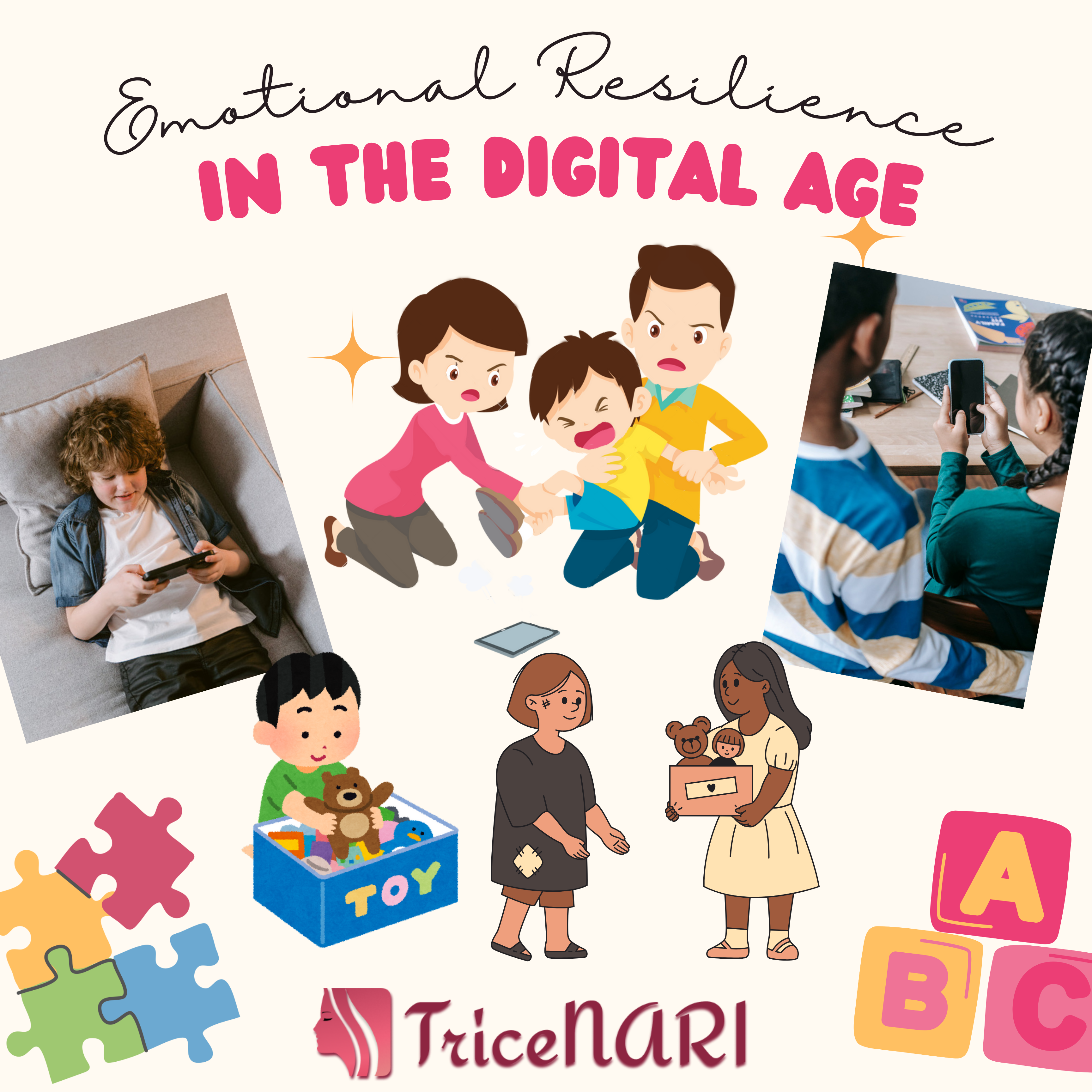Raising Emotionally Resilient Children in the Digital Age
There’s no parenting manual for a world where children scroll before they can spell. And yet, here we are - trying to raise emotionally grounded humans while algorithms fight for their attention, self-worth, and focus.
The idea isn’t to villainize screens or glorify the past. Instead, it’s about recognising what emotional resilience looks like today. It's no longer just about being able to "bounce back" - it’s about knowing how to pause, name a feeling, and respond instead of react.
In a world of constant connection, children need help understanding their feelings more than ever...!
Start by creating a home where feelings are not filtered. When your child says "I’m angry," don’t rush to fix it. Sit with it. Ask what anger looks like in their body. When they mess up, help them reflect instead of just correcting. Emotional language isn’t instinctive; it’s taught.
In the digital space, teach them what comparison feels like - not just what it looks like. "How did you feel after scrolling?" is a question that deserves a regular place at the dinner table. Talk about envy, pressure, perfection. Not once, but as a rhythm.
Resilience also means not always being available. It’s okay to let children feel discomfort, wait for answers, or be bored. The dopamine loop of instant digital gratification weakens this muscle. But real-world resilience is slow, clumsy, and earned through waiting and navigating emotions without quick fixes.
And while monitoring content is necessary, modelling behaviour is non-negotiable. How you handle your own overwhelm, your phone habits, or your reaction to bad news - all of it is quietly teaching them something.

It’s tempting to focus only on performance and safety online. But today, teaching a child to say, "I felt left out and it hurt," is as important as teaching them not to talk to strangers online.
This generation doesn’t need shielding from reality - it needs support to process it. Not perfectly. Just consistently.





